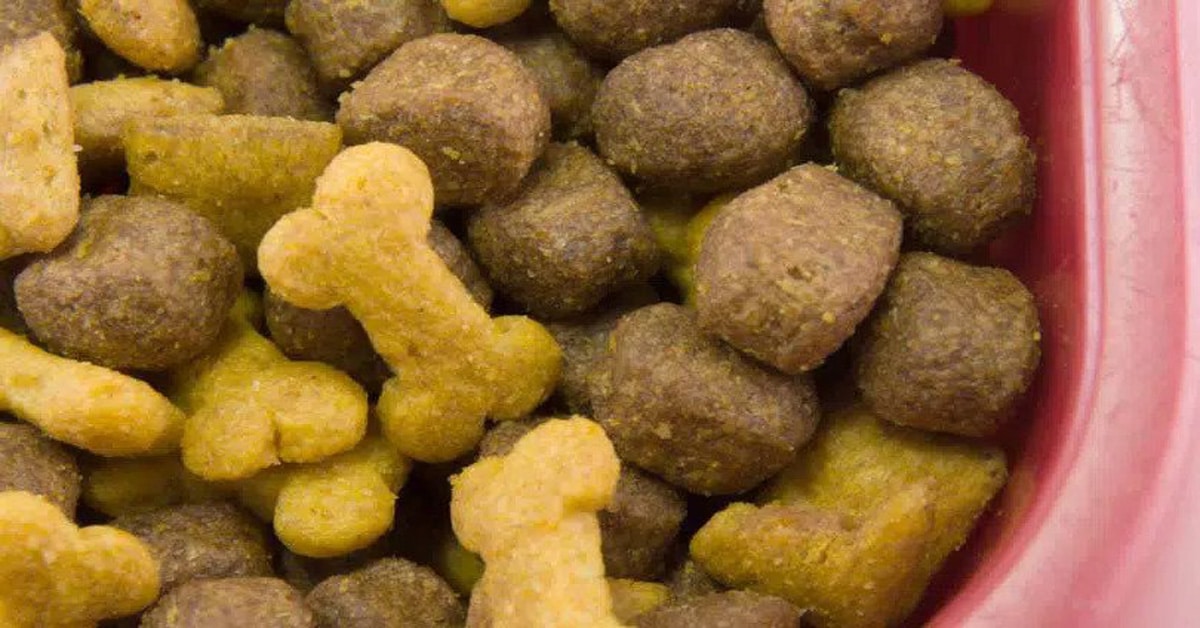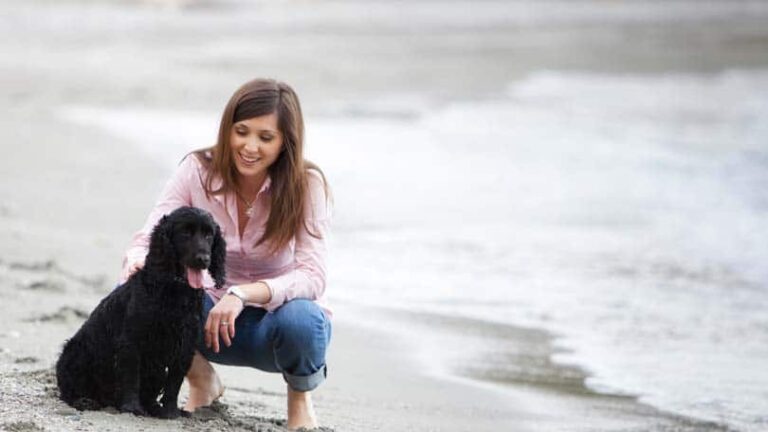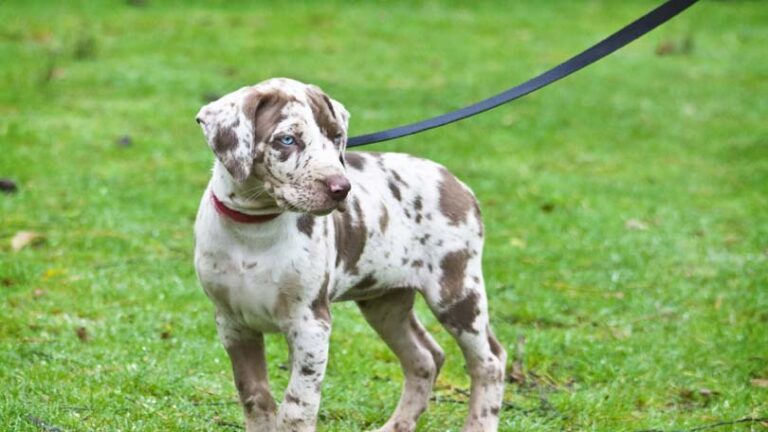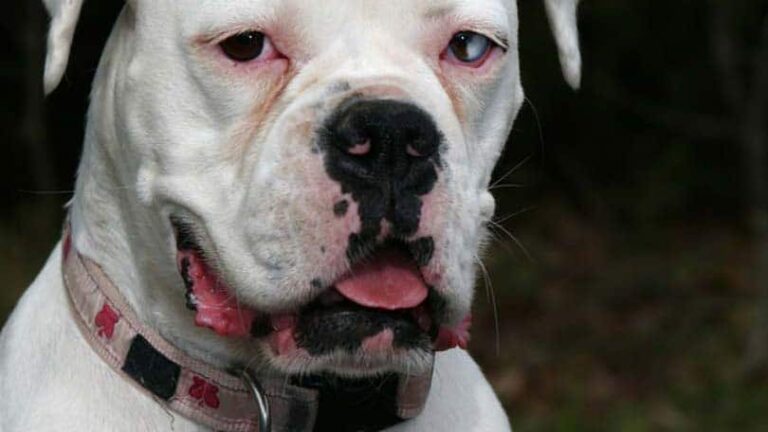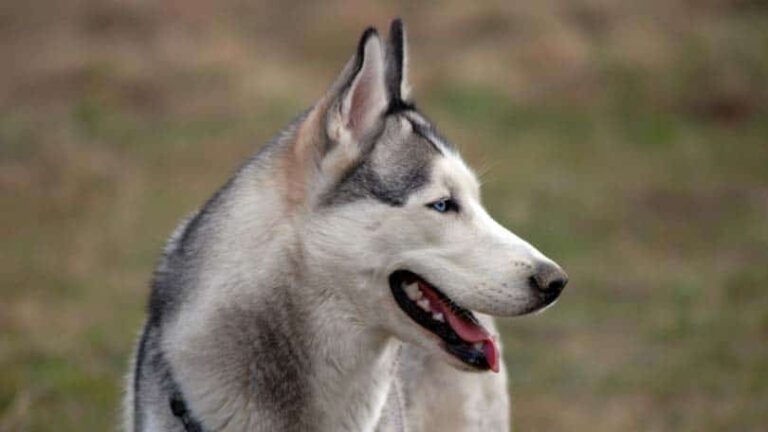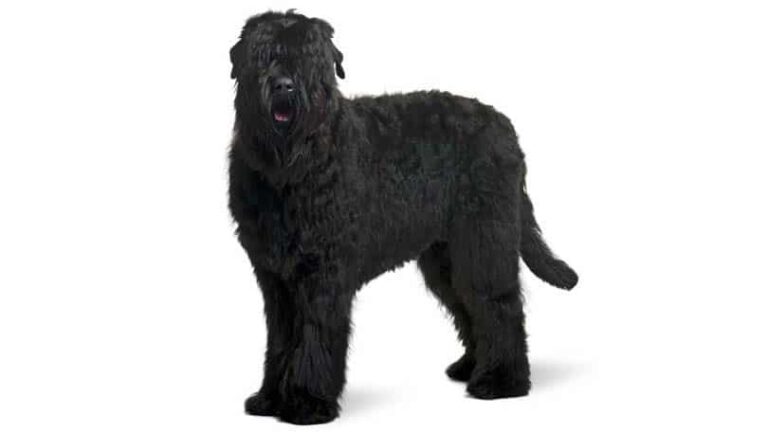Storing Dog Food
Many of us buy lots and lots of dog food. You can often save money by buying larger bags of kibble dog food. Or, if you have multiple dogs, you may need to buy large bags. When that’s the case, you may find that you have a storage problem.
Storing dog food can present difficulties. For one thing, it’s usually impossible to leave a 35-40 pound bag of dog food anywhere that your dog(s) can get to it. Many dogs will happily make themselves obese by snacking on food all day long. Even if they don’t actually eat the food, they may turn it over and make a mess. So placing a large bag of dog food in your kitchen isn’t usually a good idea.
While the general principles of storing dog food remain the same, specific considerations exist for different types. Here’s a breakdown of how to keep them:
Kibble
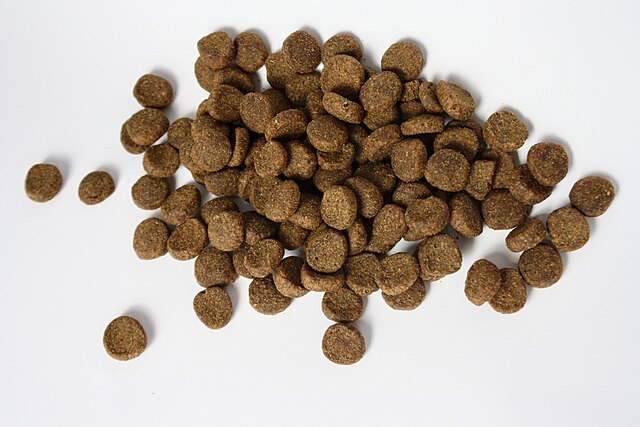
- Consider transferring the kibble from its original bag to the storage container. Moving the contents prevents rips or tears in the bag and allows for better space optimization.
- Opt for airtight containers with locking lids made from food-grade plastic, metal, or glass. These materials prevent pests from accessing the food and protect it from moisture and light.
- Look for a cool, dry location away from direct sunlight and heat. Avoid storing kibbles in areas with high humidity, such as basements or garages.
Wet Food
- Once opened, wet food can typically last for 3-5 days in the refrigerator. A good tip is to divide larger cans into smaller portions to avoid frequent opening and closing.
- You can freeze unused portions of wet food in airtight containers for more extended storage. However, before serving it to your dog, take a good look at it. If you notice a change in smell or texture or if it’s watery, throw it out.
Raw Food
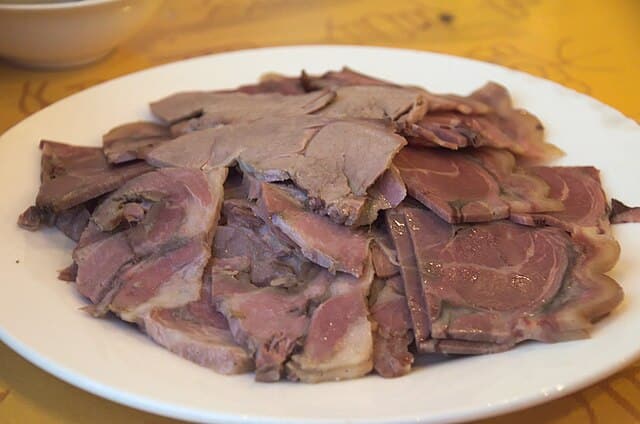
- Raw food requires stricter temperature control than other types. Keep it frozen at 0°F (-18°C) or below until ready to serve.
- Thaw frozen raw food in the refrigerator overnight or under cold running water. Don’t thaw at room temperature or using a microwave.
- Divide raw food into individual portions to avoid multiple freeze-thaw cycles. Once thawed, feed it within 24 hours.
You must follow precise instructions for storing your furry friend’s food because compromising their health due to incorrect storage wouldn’t be worth it.
Best Practices For Storing Dog Food
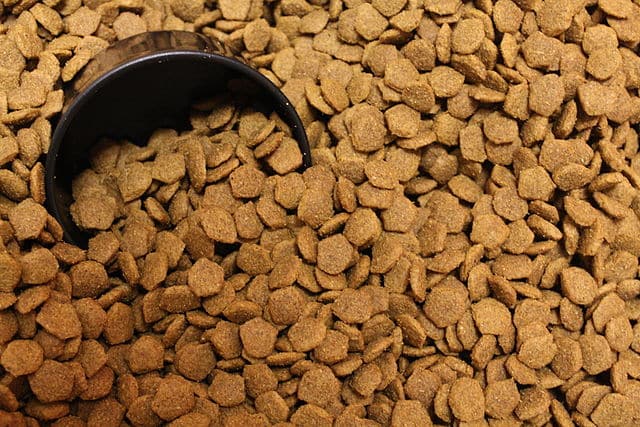
There’s also the problem of insects and rodents, both of which will be happy to sample of your dog’s food. Needless to say, you don’t want roaches and other bugs crawling around in your dog’s food. And rats can become a serious problem if you leave dog food where they can find it.
All of this means that storing dog food, especially in large quantities, can be daunting. So, what are you supposed to do?
There are several good ways to handle the problem. First, it’s usually a good idea to only buy as much food as your dog or dogs can eat in a month or less time. Not only will this cut down on some of your storage problems but it will also make sure that your dogs are eating relatively fresh food. Sure, there may be a rare occasion when you find a great dog food on sale and you want to buy 150 pounds, but in that case, you can make some special arrangements. For day-to-day feeding, try to just buy for one month at a time (or one week at a time if you have to buy for multiple dogs).
Second, storing dog food gets a lot easier when you can put it in other storage containers. Many pet stores sell very good containers for pet food. Depending on the amount of food you buy, you may find the container size you need at your local pet store.
If you need a larger container, say for 40 pounds, you can try some of the larger pet supply stores. They may carry food containers for these larger sizes. You can also check hardware stores and discount stores for rubber bins or rubber trash cans. These are usually the size you need for large bags of dog food. They have tight-fitting lids which will keep bugs and rodents out. And, you can find styles with wheels so you can move them around if you need to do so.
If you’re concerned about rats chewing through the hard rubber/plastic of these bins then you may want to consider a metal trash can. No rat will chew through these cans. The lid fits reasonably well, too, and they can hold a lot of food.
Please keep in mind when you’re storing dog food that some of the better dog foods use only natural preservatives. These may not last as long as some of the less healthy preservatives so if you store food for long periods it’s likely to go off. You may detect a bad odor from the food or it may have some mold on it. Likewise, if you store food during times when the temperature is very hot the food may not hold up as well.
If you begin having problems with your food it may not be your storage system. It may be a problem with the preservatives used in the food. You should contact the company and let them know. You can decide if you want to continue to use the food or not. The food may be all right to use if you buy in smaller amounts which won’t have to be preserved for long periods or which won’t be stored in the heat.
Do not feed your dog food that has mold! You should also throw out food that does not smell right. These are signs that the food is not optimal and it could harm your dog. If you are going to contact the company you should save some of the food — and the bag with the lot number — to back up your statements.
When you place your dog food in the storage bin it’s up to you whether you place the whole bag in the bin or whether you pour out the contents into the bin. If you leave the food in the bag it is easier to handle and the food has another layer of protection in place. However, many people simply pour out the food contents into the bin. This way they can stir the new contents in with any previous contents in the bin.
With your food in a storage container, you can basically place it anywhere that’s convenient for you. Most people place them near where they feed their dogs. You could place the container in your kitchen, in a laundry room, outside, in the garage. It’s really all right to place them anywhere unless you are concerned about temperature extremes. Cold won’t hurt the dog food but, again, extreme heat may challenge some natural preservatives.
If you are a small person struggling to carry 40-pound bags of dog food you may wish to consider buying a small dolly to help you. Dollies are inexpensive and they can keep you from hurting yourself when you move food from your vehicle to your house.
If you do have the opportunity to buy dog food in bulk, for instance buying five or six large bags at a savings, and you are concerned about where you can store them safely, it would probably be worth purchasing several large rubber trash bins to hold them. These would be as airtight as possible to keep the food fresh and they aren’t expensive. Move them to your garage or someplace where they will be out of the sunlight and heat.
Storing dog food can be challenging but with a little thought, you can find some good ways to keep your dog’s food quite fresh and safe from pests.

Having discovered a fondness for insects while pursuing her degree in Biology, Randi Jones was quite bugged to know that people usually dismissed these little creatures as “creepy-crawlies”.

